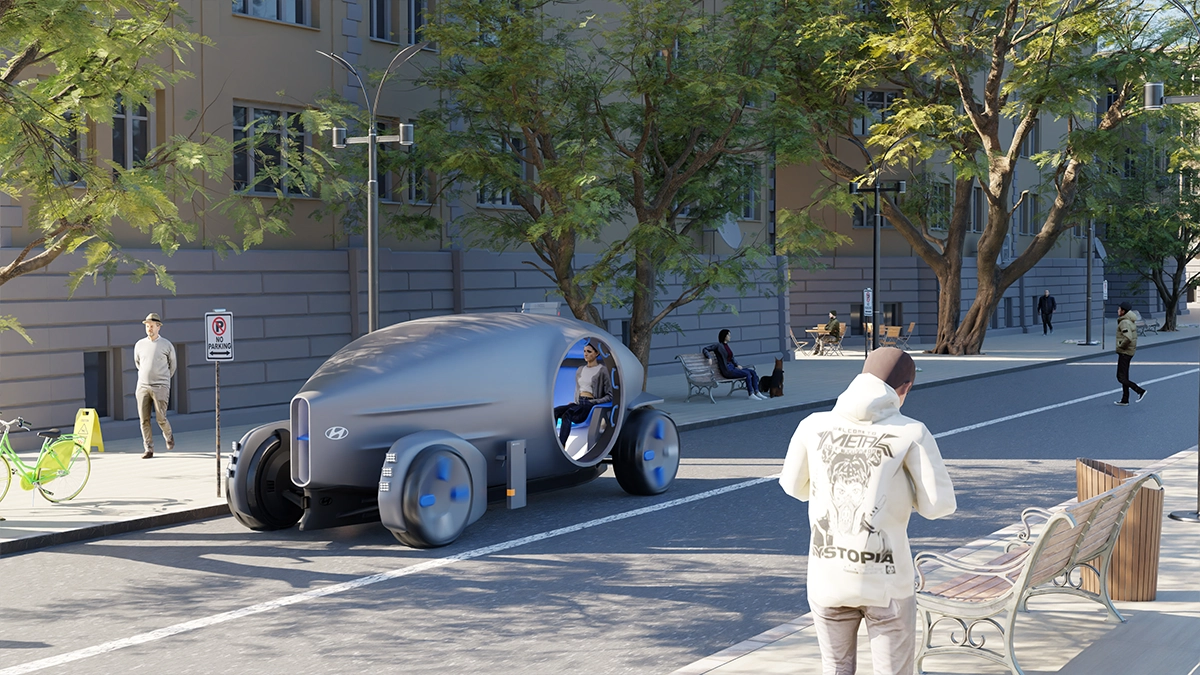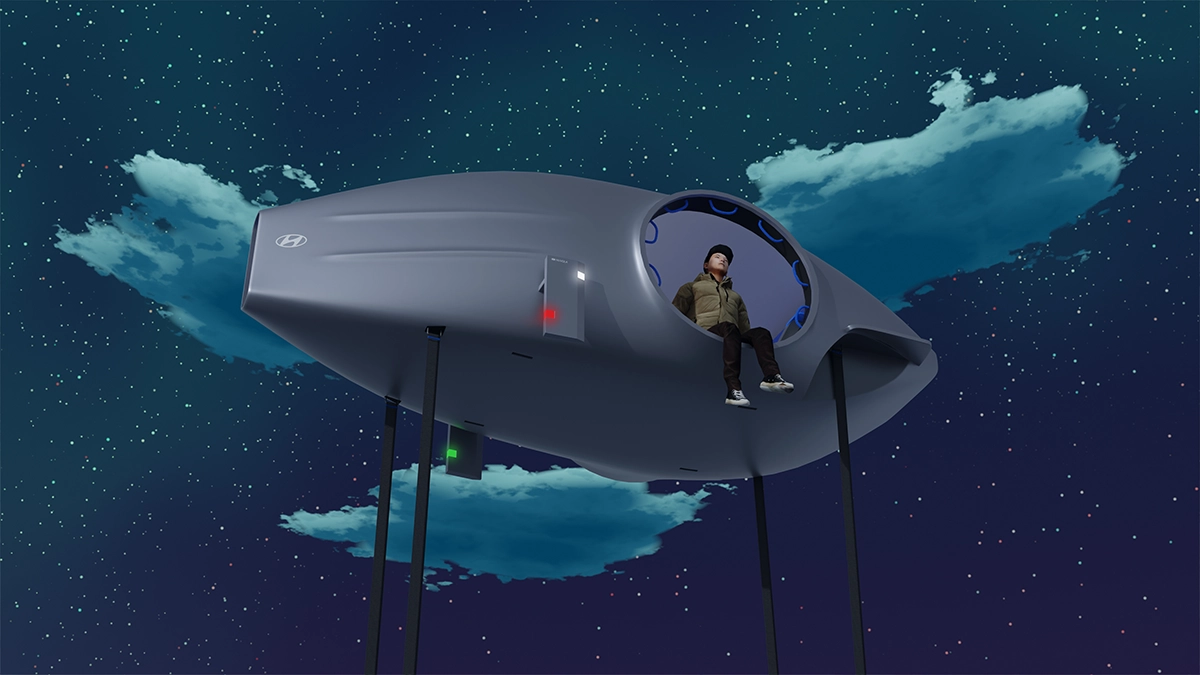The rapid advancement of technology, particularly in artificial Intelligence and autonomous driving, has revolutionised the automotive industry. As we embrace the concept of self-driving vehicles and voice assistants, a vital question arises: How do we retain the emotional connection and sensations of driving in a traditional car while integrating cutting-edge technologies seamlessly?

Introduction
The automotive industry has made remarkable strides recently, with AI-powered technology becoming increasingly pervasive. However, this advancement has led to concerns about losing the human touch and emotional connection in driving. As we venture into the era of autonomous vehicles, the challenge lies in reinventing the sensations associated with traditional cars, such as the feeling of freedom and presence, without allowing technology to alienate passengers. This article explores the journey of combining tradition and technology in autonomous vehicles to create a harmonious and enjoyable driving experience.

An Inspiring Exterior Design for Autonomous Cars
The exterior design of autonomous vehicles plays a significant role in shaping the public's perception and acceptance of this new mode of transportation. The concept proposed for Hyundai Nuvola draws inspiration from the streamlined style, reminiscent of airships, symbolising the fusion of tradition and futuristic vision.


The main volume of the Hyundai Nuvola vehicle features a sleek and vertical front, transitioning to a broader and horizontal back to accommodate passenger space and enhance aerodynamics. The incorporation of circular entrance points on both sides harkens back to the portholes of airships, providing passengers with a window to the world outside. Notably, the entrances are facilitated by ropes, reminiscent of the gondolas on air balloons, adding a touch of nostalgia to the design.
Redefining the Interior Space for Passengers
In Hyundai Nuvola, the interior becomes the focal point of the driving experience, as passengers relinquish direct control over the car. The interior design aims to create a sense of comfort and freedom while providing ample space for personalisation.


Taking cues from airship interiors, the seats of Hyundai Nuvola were designed with soft and homogenous elements, complemented by functional metal components that reduce weight without compromising aesthetics. The absence of traditional windows allows the sidewalls to serve as interactive surfaces for the user experience (UX) and human-machine interaction (HMI). With AI and a special pen, passengers can draw games or vehicle controls on these "smart whiteboards," providing entertainment and convenience during the journey.
The Prominence of Hydrogen Technology in Future Mobility
The fusion of tradition and technology extends beyond the physical design of the vehicle. Hydrogen technology, embraced as this autonomous vehicle's primary energy source, exemplifies this blend. Hydrogen, a key component in airship propulsion, is utilised efficiently in nuvola mode, making the vehicle environmentally friendly and sustainable. The closed system ensures that the same hydrogen used for cloud mode is also used for ground propulsion, minimising waste, and maximising efficiency.


Elevating the passenger experience
The Hyundai Nuvola provides passengers with a unique and enriching experience, bridging the gap between autonomy and human presence. To achieve this, the interior space allows passengers to personalise their surroundings and create a sense of ownership. The interactive sidewalls enable intuitive interactions and a seamless connection with the vehicle, enhancing the overall driving experience.
Utilising AI-Driven User Experience and Human-Machine Interaction
Artificial Intelligence plays a pivotal role in elevating the user experience within the vehicle. Technology seamlessly integrates with the passengers' preferences and needs, from AI-powered controls to personalised entertainment options. The AI-driven UX ensures that every journey becomes not just a means of transportation but an enjoyable and engaging experience.
Conclusion
The vision of combining tradition and technology in autonomous vehicles opens a realm of possibilities for the future of mobility. Embracing AI and innovative design concepts, these vehicles can provide a harmonious and enjoyable driving experience reminiscent of the past while embracing the future. By maintaining the emotional connection and sensations of traditional cars and redefining the interaction with technology, the automotive industry can build a future where autonomous vehicles coexist with human emotions and experiences.
About Designer
Samuele Passoni, 21 years old, hails from Milan. Before enrolling in transportation design at IAAD, he attended a scientific high school, and this non-artistic background significantly influenced his approach to car design. Samuele has always possessed an inherent and irrational fascination with all types of means of transport. His love for imagining and creating new transportation solutions has been a driving force in his life. He is particularly drawn to enhancing design's creative and research aspects, constantly seeking fresh and innovative solutions to make each product unique. Samuele’s goal is to become an advanced designer, contributing his talents to the evolution and advancement of transportation design.













